Who We Are?
how we got here:
The APUS are the spirits that inhabit in the hills and protect the peoples of the Andes. Therefore, the meaning of the Quechua words «APU INKA» could be translated into something like: Protector Spirit of the Incas.
The APU INKA Musical Group was founded in Atlanta, United States of America, in 2008. The founder and artistic director is the Peruvian John Zorrilla, instructor of andean instruments and artist who grew up listening to the legends and traditions of the Andes of Peru. In this way, APU INKA was born as an expression of respect and admiration for the ancestral art, music and dance of the Andes by a group of Peruvians that, living outside their country, seeks to make their culture known sending a message of brotherhood through the universal language of music.
The musical expression of APU INKA, even when they play cosmopolitan melodies, is authentically traditional. Their music reflects a rich and intense miscegenation, resulting of the contribution of each of their members as well as the interaction between the Andean culture and other cultural expressions of the world.
APU INKA performs Peruvian, Latin American and the World popular music and seeks to keep alive the essence of its origins through the handling of andean instruments such as the Quena, the Zampoña, the Charango and many others.
members
Each member of the group is music professionals with the vocation of introducing new sounds and harmonies…

John Zorrilla
Cantante y Music
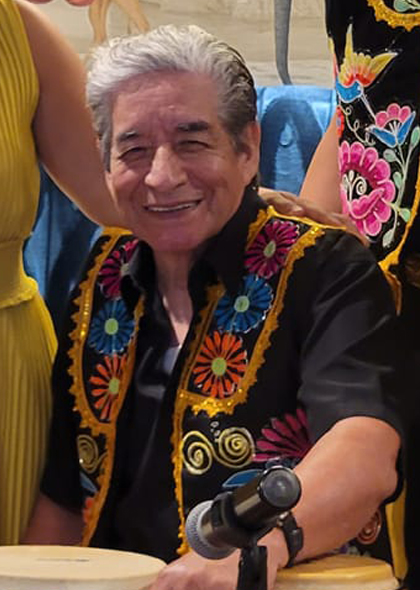
Raúl Montañez
Cantante y Music
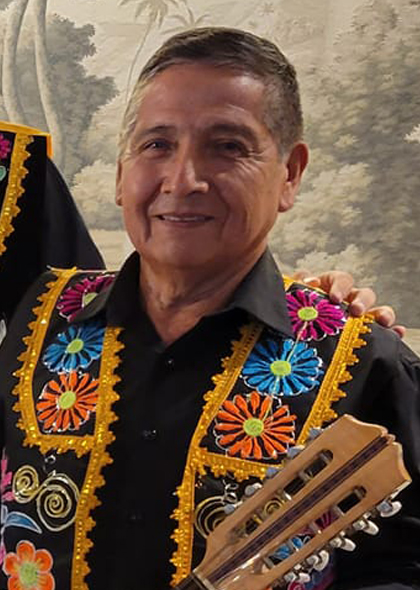
Angel Castillo
Cantante y Music
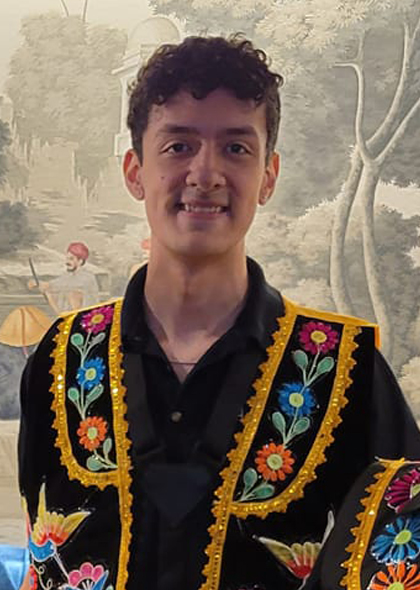
Carlos Story
Cantante y Music
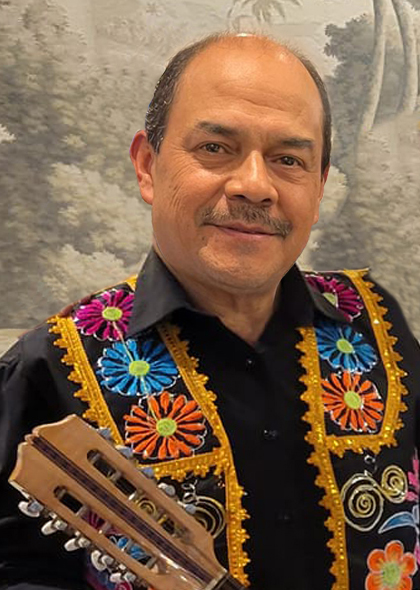
Eduardo Garcia
Cantante y Music
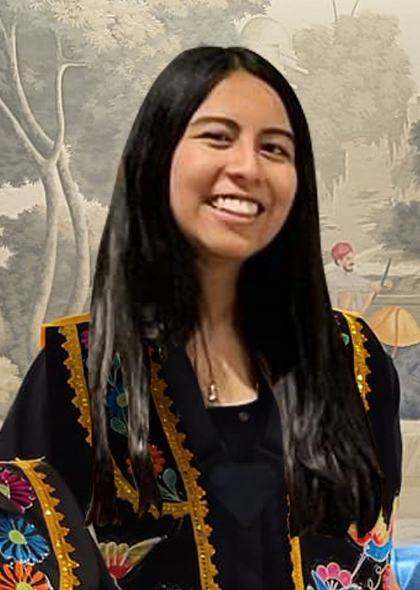
Unnisa Suarez
Cantante y Music
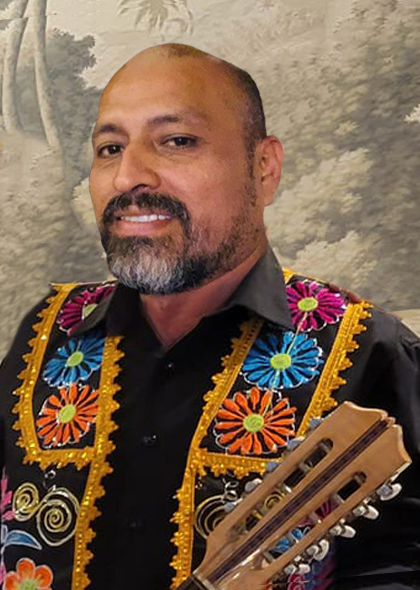
German Ricapa
Cantante y Music
andean instruments
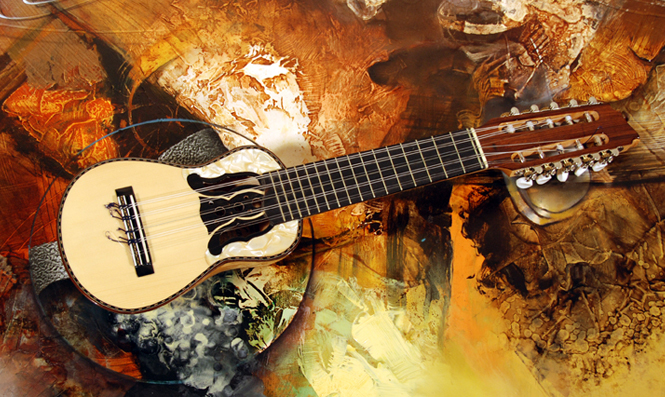
Charango
Charango is a musical instrument of cords, of total use in the Andean regions of South America, specially in the zones of cultural influence of the towns aimaraes and quechuas. The countries in which it has greater popularity are: Peru, Bolivia, Chile, Argentina and Ecuador. In the later face of the box of resonance of charango is the harmonic box that it presents a arched body. This box was elaborated during long time with the shell of the armadillo, known also like quirquincho. That practice has been replaced by the wrought or laminated wood use, those that allow beautiful carvings.
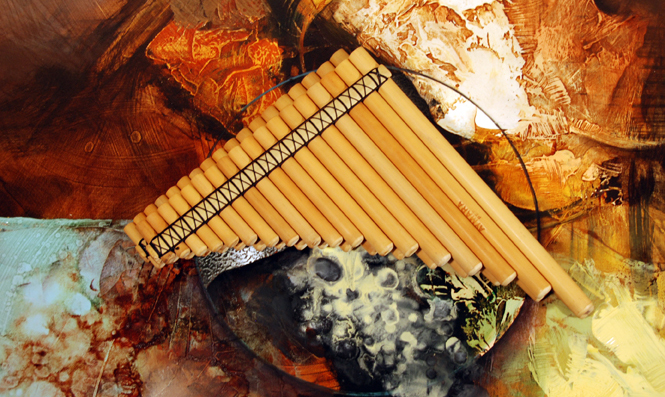
Zampoñas
Flute of bread is an instrument of uncertain origin, of many centuries back. Statures, sculptures, engravings, stories and paintings, demonstrate their presence in very diverse ancestral cultures that catalogue as one of the first aerófonos used by the man. Its use is equally versatile, tying in some cultures to ceremonial or religious rites, in others used like pastoral instrument and among others, with net playful aims, taken root in the popular folklore.
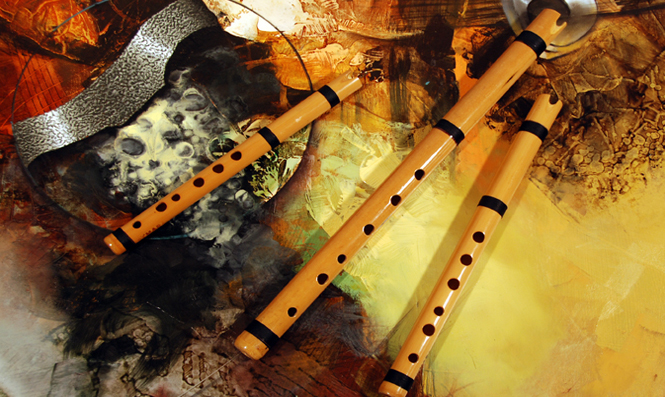
Quena
This flute has its origins in South America, Andean areas. The quena was habitually constructed with bones of people or precious animals, clay or metals. At the present time, the majority is of cane. Its timbre locks up rich shades in colorful that facilitate the interpretative feeling of the quenista. This is emphasized in the quenas made in cane, that by their vibration sometimes seem to cry.
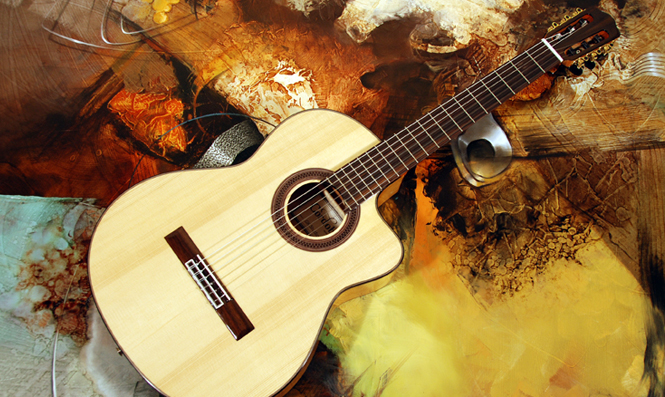
Guitarra
The guitar is a musical instrument with ancient roots that adapts readily to a wide variety of musical styles. The size and shape of the neck and the base of the guitar also vary, producing a variety of sounds. The two main types of guitars are the electric guitar and the acoustic guitar.
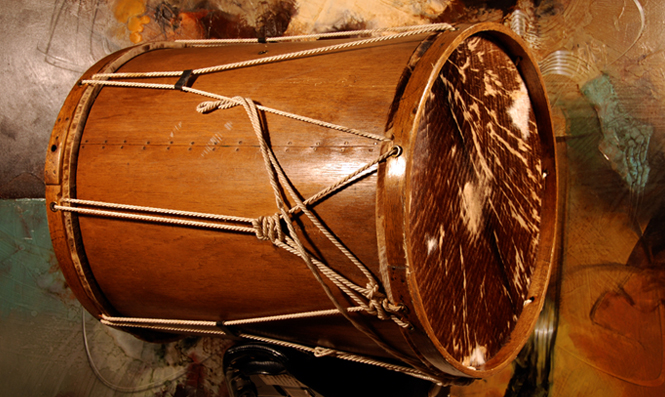
Bombo
It is a cylindrical drum that is used in the Andean region and it is popular in the styles found in Argentina, Chile, Bolivia and Peru. The drum plays with a small stick and a mallet that press the wood edges and the head.
local perfomance
Over the past 10 years, APU INKA has performed countless educational and interactive concerts and presentations at institutions such as Georgia State Capitol, Georgia Aquarium, Atlanta City Hall, Emory University, Kennesaw State University, University of Georgia, University West of Georgia, Clayton University , University North of Georgia, Fernbank Museum, Federal Reserve, Aurora Theater, Mason Murer Art Gallery, at many elementary schools throughout Atlanta, among many others.
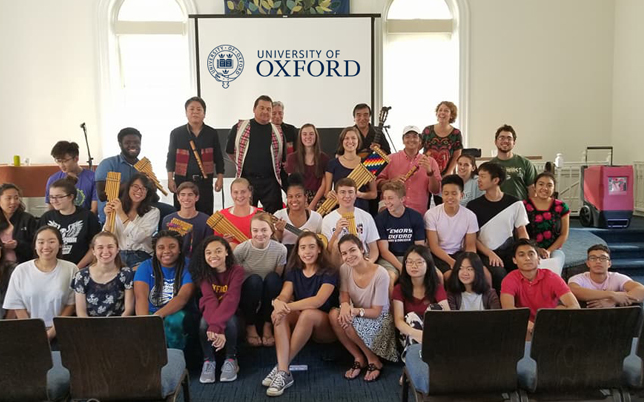
Performances in schools and universities
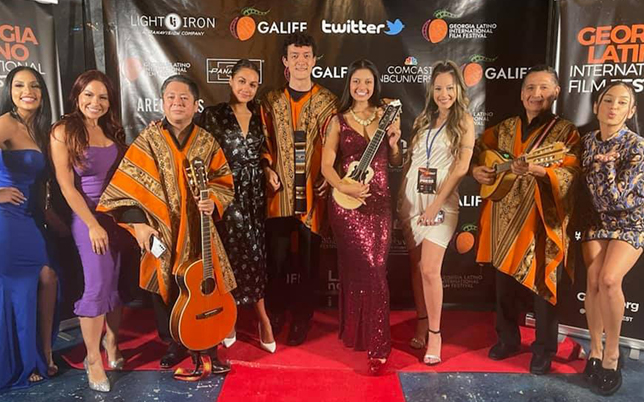
Performances in Festivals, cultural and private events
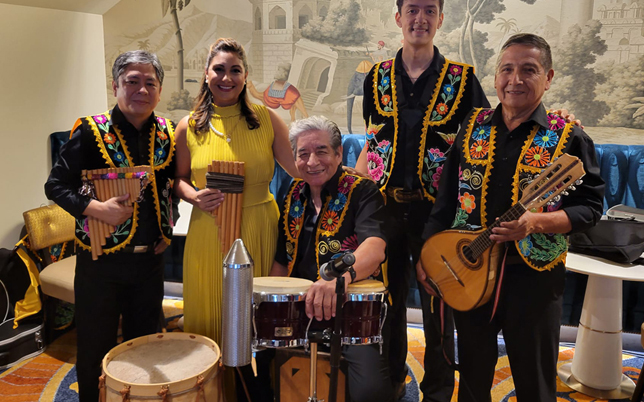
Free Andean instrument workshops